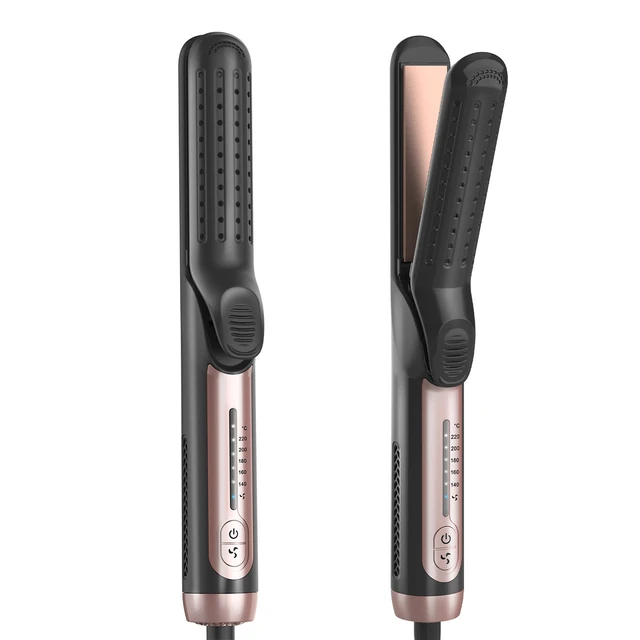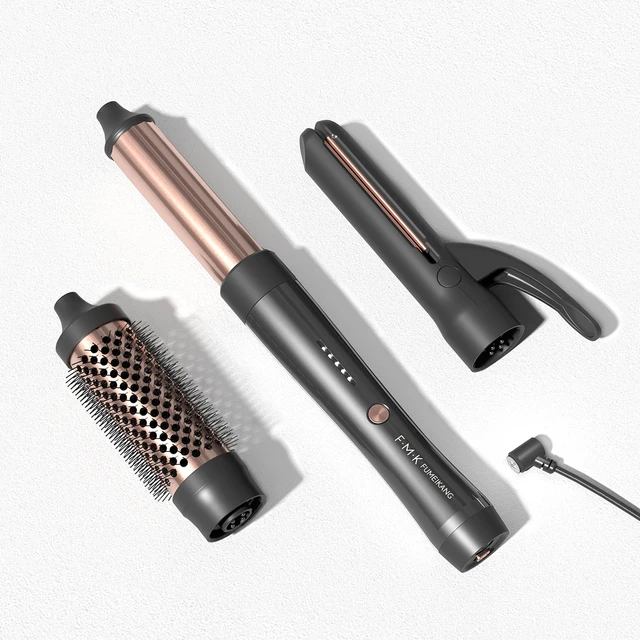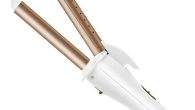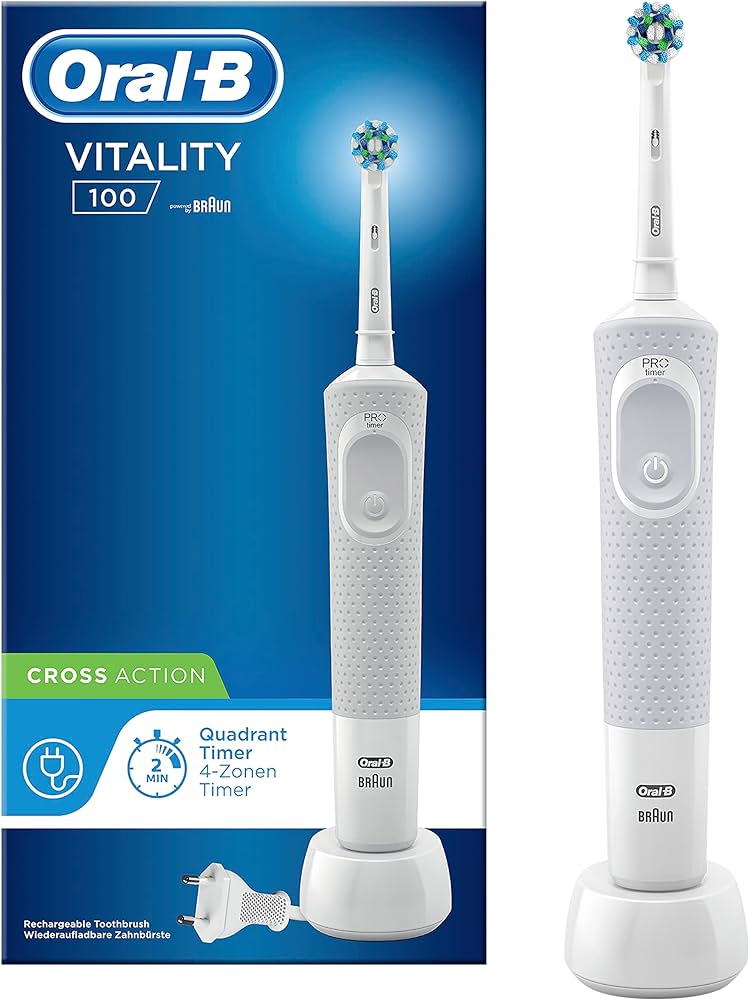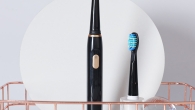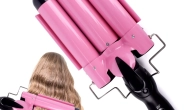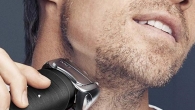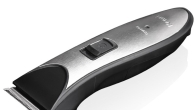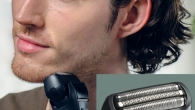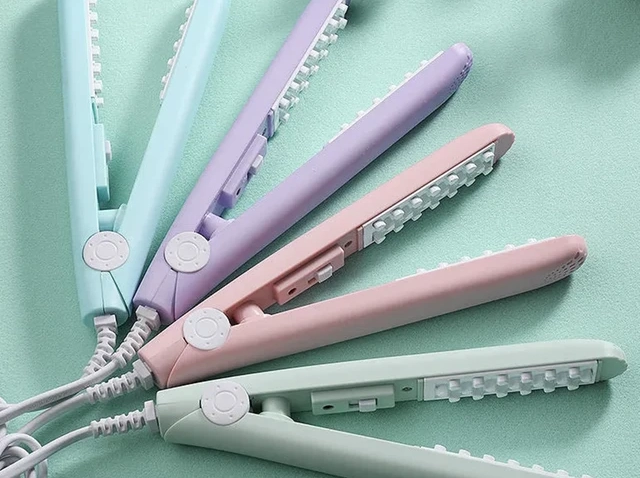
How to Curl Short Hair with a Straightener for Beginners?
Curls can add a touch of elegance and volume to short hair, giving it a dynamic and playful look. If you’re new to styling, you might wonder how to curl short hair with a straightener for beginners. This can seem daunting at first, but with the right techniques and tips, achieving those perfect curls can be straightforward and enjoyable. Read on to discover step-by-step instructions and helpful advice on making your short hair look fabulous with a straightener.
Choosing the Right Straightener
Before diving into the curling process, selecting the right straightener is crucial. For short hair, a straightener with narrow plates (1 inch or less) allows for better control and precision, making it easier to create tight and defined curls. Ceramic or tourmaline plates are ideal as they distribute heat evenly, reducing the risk of hotspots and hair damage.
Adjustable temperature settings are another important feature, enabling you to select the appropriate heat level for your hair type. Lower heat settings (about 300°F) are suitable for fine hair, while higher settings (up to 400°F) may be needed for thicker strands. Investing in a quality straightener ensures a smoother curling process and better results.
Prepping Your Hair
Properly prepping your hair lays the foundation for long-lasting curls. Start with clean, dry hair, as wet hair can be difficult to curl and more susceptible to heat damage. Use a volumizing or smoothing shampoo and conditioner to create a good base for styling.
Applying a heat protectant is essential to shield your hair from the high temperatures of the straightener. A lightweight heat protectant spray or serum minimizes damage and keeps your hair healthy. After application, ensure your hair is completely dry before moving on to styling, as residual moisture can affect curl formation. Prepping your hair properly sets the stage for beautiful and sustainable curls.
Sectioning Your Hair
To achieve consistent curls, sectioning your hair is a critical step. Divide your hair into manageable sections, starting from the bottom and working your way up. Clip the top sections out of the way to focus on the bottom layer first. Smaller sections (about 1 inch) allow for more defined curls and better heat distribution.
Using sectioning clips keeps your hair organized and makes the curling process more efficient. Working with smaller sections ensures each strand receives the necessary attention and heat, resulting in uniform and long-lasting curls. Taking the time to section your hair properly enhances control and curl quality.
Mastering the Curling Technique
Using a straightener to curl short hair requires mastering the right technique. Begin by clamping the straightener at the root of a small section of hair. Rotate the straightener 180 degrees away from your face, then slowly glide it down the length of the hair. The speed at which you move the straightener affects the curl’s tightness; slower movement creates tighter curls, while faster movement results in looser waves.
For beginners, practicing this motion with the straightener turned off can be helpful to build confidence and muscle memory. Alternating the direction of your curls (away from and towards your face) adds texture and volume, resulting in a more natural look. Mastering this technique is essential for achieving polished and defined curls.
Handling Different Curl Types
Short hair offers versatility in creating various curl types, from tight ringlets to loose waves. To achieve tight curls, use smaller sections of hair and rotate the straightener slowly. For looser waves, take larger sections and move the straightener more quickly, or rotate it just 90 degrees instead of 180.
Experimenting with different angles and speeds helps you discover the look you like best. Understanding how to manipulate the straightener to create various curl styles adds depth and versatility to your hair styling repertoire, allowing you to change your look based on your mood or occasion.
Using Proper Heat Settings
Selecting the proper heat setting on your straightener is crucial for both styling effectiveness and hair health. Fine or damaged hair requires lower heat settings to avoid further damage, while thicker hair can handle higher temperatures for effective curl formation.
Begin with a moderate temperature (around 350°F) and adjust as needed based on your hair’s response. Always aim for the lowest temperature that effectively curls your hair, minimizing heat exposure and reducing the risk of damage. Regularly checking and adjusting the heat settings ensures you achieve the desired curls safely and efficiently.
Incorporating Styling Products
Using the right styling products enhances the longevity and appearance of your curls. After curling a section, applying a light mist of flexible-hold hairspray provides control without weighing down the hair. Texturizing spray or dry shampoo can add volume and texture, giving your curls a more natural and effortless look.
Avoid heavy creams or oils that can make short hair greasy and cause curls to fall flat. Experimenting with different products helps you find the perfect mix that supports your curls and complements your hair type, ensuring they stay vibrant and bouncy throughout the day.
Cooling and Setting the Curls
Allowing your curls to cool and set is a key step in maintaining their shape and longevity. Gently pinning each curl to your scalp with a clip and letting them cool in place can enhance their definition and hold. Alternatively, cupping the curl in your hand until it cools achieves a similar effect.
Once all curls have cooled, gently shake them out or run your fingers through them to create volume and soften their appearance. This practice helps lock in the curl pattern, ensuring they remain intact and defined for a longer duration. Properly cooling and setting your curls solidifies their structure and increases their staying power.
Avoiding Common Mistakes
When learning how to curl short hair with a straightener, beginners often encounter common pitfalls. Avoiding these can improve your results significantly. One common mistake is using large sections of hair, which can prevent proper heat distribution, resulting in uneven curls. Smaller sections ensure each strand receives adequate heat and forms a consistent curl.
Another frequent error is not clamping the straightener tightly enough, causing the hair to slip out and creating loose or undefined curls. Ensuring a firm, but not overly tight, grip helps create precise curls. Being mindful of these common mistakes accelerates your learning curve and improves the quality of your curls.
Experimenting with Different Techniques
Different techniques can yield varied results, offering versatility in your styling options. For example, twisting the hair before clamping it in the straightener creates a more textured, beachy wave. Alternatively, using a zigzag motion as you glide the straightener down the hair can produce a wavy, crimped effect.
Trying out various methods allows you to discover what works best for your hair type and desired look. Documenting and analyzing the outcomes of different techniques enhances your creativity and proficiency in using the straightener, diversifying your styling skills and results.
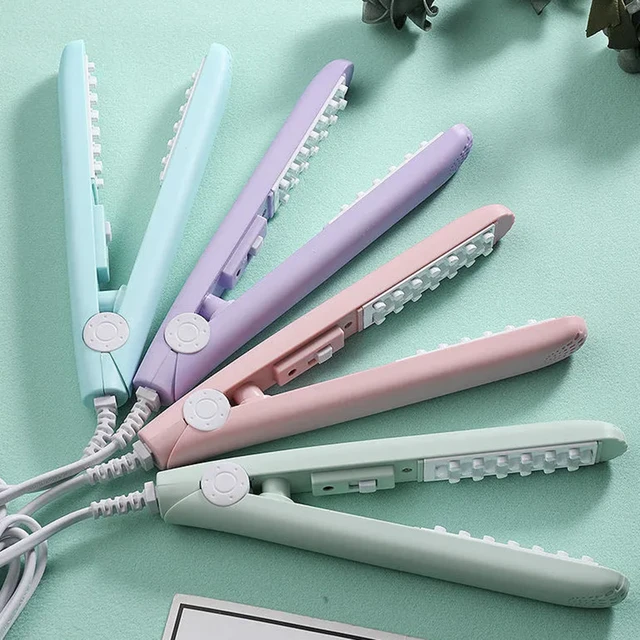 Regular Maintenance and Care
Regular Maintenance and Care
Maintaining the health of both your hair and styling tools ensures consistent and effective curling results. Regularly cleaning the plates of your straightener removes product buildup, ensuring smooth operation and even heat distribution. Using a damp cloth or a specialized cleaner keeps the straightener in optimal condition.
Additionally, prioritizing hair health through regular trims, deep conditioning treatments, and minimizing heat exposure contributes to better curl formation and longevity. Healthy hair responds better to styling and holds curls more effectively, making maintenance and care essential components of your routine.
Handling Post-Curling Care
How you treat your curls after styling also influences their longevity and appearance. Avoid excessive touching or combing, which can cause them to lose shape and create frizz. Using a wide-tooth comb or fingertips to gently arrange the curls preserves their form and volume.
Sleeping on a silk or satin pillowcase reduces friction and helps maintain the curls overnight. Lightly pinning the curls up or wearing a loose haircap can further protect them while you sleep. Implementing these post-curling care practices extends the life of your curls and keeps them looking fresh and defined.
Conclusion:
Mastering the Art of Curling Short Hair
In conclusion, learning how to curl short hair with a straightener for beginners involves understanding your hair type, selecting the right tools, and mastering effective techniques. From prepping your hair and choosing proper heat settings to experimenting with various methods and incorporating the right products, each step contributes to achieving beautiful, long-lasting curls.
Avoiding common mistakes, focusing on hair health, and implementing proper maintenance and care practices ensure your curls remain intact and vibrant. By following these detailed tips and strategies, you can confidently curl your short hair with a straightener, enhancing your styling skills and enjoying a variety of elegant and playful looks.




